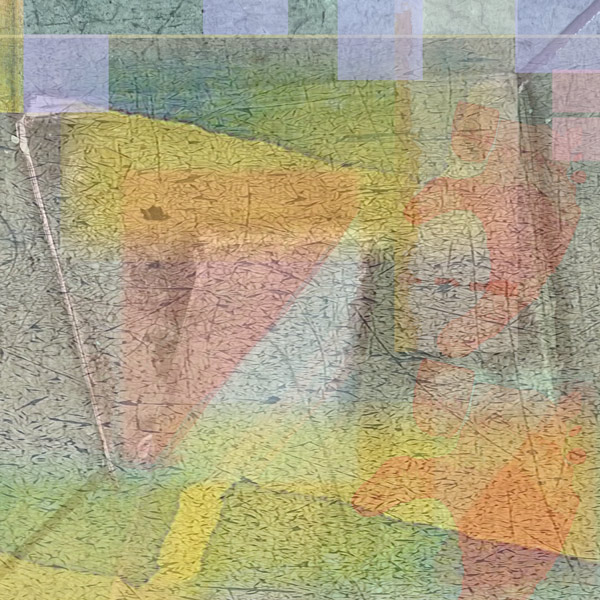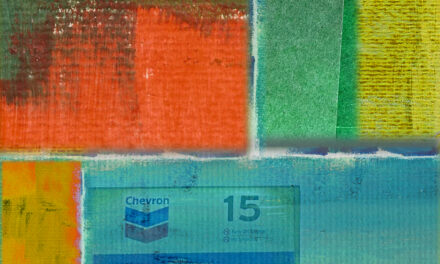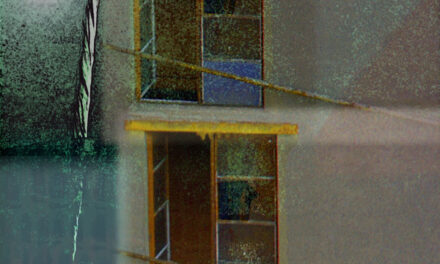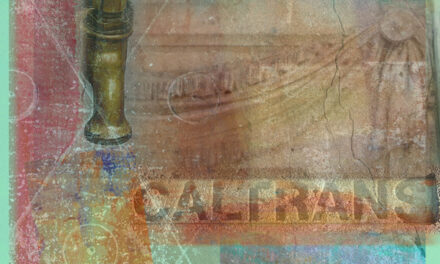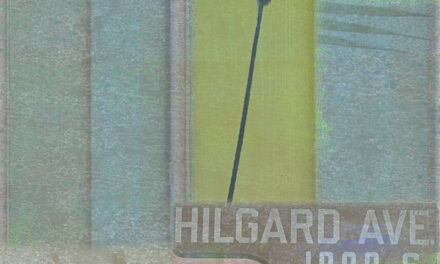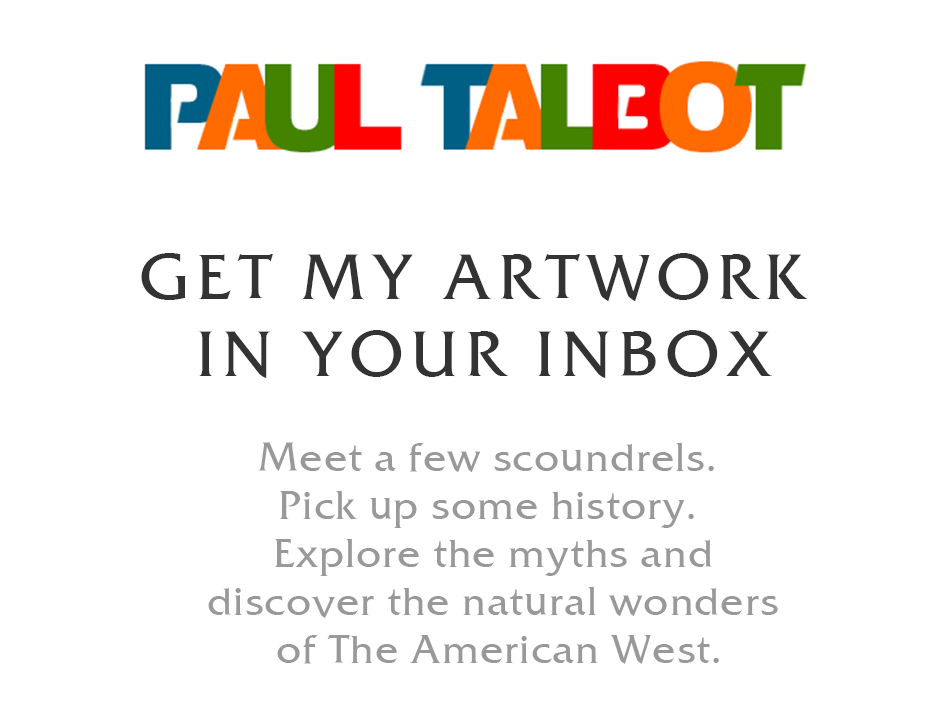When Teddy Roosevelt went camping in Yosemite, back in 1903, the President took no chances on getting cold.
It was the middle of May. The first night in Mariposa Grove he bedded down with just shy of forty woolen blankets.
The second night, those blankets paid off when a late spring snowstorm blew in. It left five fresh inches on top of the five feet already on the ground surrounding their campsite near Sentinel Dome.
…
The President came up to Yosemite by train from San Francisco. A handful of dignitaries were along for the ride, including the Governor of California and the President of the University of California.
The Governor was George Pardee, like the President, a Republican who was not averse to safeguarding natural resources.
At the time of Pardee’s election in 1902, California’s Republican party was split in two. Railroad Republicans attended to the needs of the monopolistic Southern Pacific Railroad. Reform Republicans, Pardee’s faction, looked less favorably on corporate interests.
Pardee was a doctor with a medical degree from the University of Leipzig. His progressive leanings, distaste for corporate trusts and support of conservation delighted President Roosevelt.
Before the Governor headed back to San Francisco, Roosevelt asked Pardee to be his vice-presidential running mate in the following year’s election. Pardee declined.
Over the next few years, George Pardee laid substantive groundwork for the protection of California’s natural resources. With a hand from Gifford Pinchot, the first director of the United States Forest Service, he set up a joint state-federal commission to inspect and survey the state’s forests.
He prodded California’s assembly to create a Board of Forestry. The board’s role was to monitor loggers and safeguard timberland from forest fires.
Governor Pardee’s administrative efforts and advocacy did not go unnoticed by President Roosevelt. The President ordered federal forest land to be transferred to the Department of Agriculture, which later spawned the National Forest Service.
George Pardee took the train back to San Francisco. Then President Roosevelt’s camping party unpacked to spend the first night of their three-night camping trip in the Mariposa Grove.
A few years later, after providing acclaimed leadership during the 1906 San Francisco earthquake, Pardee’s political career was derailed by railroad lobbyists for the Southern Pacific.
He went on to serve on the boards of the California Board of Forestry and the National Conservation Commission.
In 1941, George Pardee passed away at the age of 84.
…
When Teddy Roosevelt went camping in Yosemite, plans for the trip had been in the works for only a few months.
They began to take shape as the President read some of the work of John Muir. Muir’s writing shed light on the accelerating disappearance of America’s wilderness, how loggers, miners and developers tore apart treasured land for profit.
This practice, and the notion of irreversible damage, was not a commonly held perspective. What Muir revealed went against the grain of what President Roosevelt was consistently told by his advisors. Common wisdom of the day suggested America’s wilderness was so vast it could never vanish, let alone suffer the scars of development.
The President decided to find out for himself. On March 14, 1903, he wrote a letter to John Muir and invited himself to California.
He asked Muir to show him Yosemite.
“I do not want anyone with me but you, and I want to drop politics absolutely for four days and just be out in the open with you.”
…
Their guides were Archie Leonard and Charles Leidig. An army soldier, Jacker Alder, went along to take care of packing and unpacking.
Charlie Leidig was the cook and quickly caught onto the President’s fondness for strong black coffee, fried chicken and steak.
The first night in Mariposa Grove, they slept under the 209-foot Grizzly Giant sequoia.
The next morning they broke camp and mounted their horses by 6:30. Four mules hauled their gear. Charles Leidig took them down the Lightning Trail to the Empire Meadows Trail so they could steer clear of the nearby Wawona Hotel.
“Outskirt and keep away from civilization,” the President told his guides.
They crossed the South Fork of the Merced River and stopped for a cold lunch. Then they ran into snow. Members of the party took turns breaking a trail open through the snow, which was five feet deep by the time they reached the Bridal Veil Meadows.
At one point, the President got stuck and Charlie Leidig had to tug him out. Then the wind came up and more snow began to fall. The guides suggested the best place to set up camp would be by Glacier Point.
Five more inches of snow came down that night. They stayed up late.
Around the campfire, the President listened to John Muir explain how glaciers created the Yosemite Valley. Both men had a lot to say. Their conversation went well beyond protecting Yosemite and touched on broader conservation issues. They talked about setting aside land for parks and what the President could do about it.
Muir told the President it didn’t make sense for an island to exist in the middle of Yosemite National Park. The State of California controlled the Yosemite Valley and the Mariposa Grove.
Three years later, President Roosevelt signed the bill that brought this state-controlled land into the park and under federal protection.
…
Even for the President of the United States, travel plans are subject to conflicting agendas.
The next day, with five fresh inches of snow on the ground, they broke camp and rode down to Glacier Point for what we would now refer to as a photo op. Even though President Roosevelt had made it clear he had come to Yosemite for what he called a “roughing trip,” this was not to be.
John Stevens, guardian of the state property within the park, had other ideas.
He arranged for crowds of well-wishers to greet the President at the top of Nevada Falls.
Stevens was not a seasoned administrator. Prior to his appointment, Stevens was a stage coach driver for the Yosemite Stage & Turnpike Company.
At one point, he was accused by a passenger of making “improper advances toward his wife.”
When Teddy Roosevelt went camping in Yosemite, Stevens was determined to put on a show. He ordered the purchase of fireworks and brought in a chef from a San Francisco hotel to prepare a banquet.
That afternoon, when Roosevelt’s party approached the crowd at Camp Curry, a group of women stood in line across the road. They hoped to force the President to stop so they could shake his hand.
Staring ahead toward the women, the President expressed his displeasure. “I am very much annoyed,” the President told Charlie Leidig. “Couldn’t you do something?”
“Follow me,” said Leidig. The guide spurred his spirited horse. It reared and headed into the line of the crowd which immediately fell apart. The party rode through and the President waved his hat to the admirers.
Another unwelcome distraction was up ahead. John Stevens had assembled a group at Sentinel Bridge to greet the campers. The President was guided into an artist’s studio where he was served a glass of champagne, viewed Christian Jorgenson’s paintings and made the fastest possible diplomatic exit.
Back on his horse, heading down the trail to Bridal Veil Falls, the President saw a little girl standing with her mother.
Ellen Boysen was waving an American flag. He reached down, picked the girl up and gave her a kiss.
“God bless you, you little angel,” he said and then lowered Ellen Boysen back down.
…
By now, the camping party was leading an impromptu parade, followed by hundreds of people on foot, on horseback and riding in buggies and surries.
More crowds met the President when he arrived at the Bridal Veil campsite, a spot to stop for the night suggested by John Muir.
“These people annoy me,” he told Charlie Leidig. “Can you get rid of them?”
His guide walked out into the crowd, explained that the President was worn out, needed to rest and asked them to leave. They did.
“Charlie, I am hungry as hell. Cook any damned thing you wish. How long will it take?”
President Roosevelt napped for half an hour. Then, after dinner, he hiked out into the meadow with John Muir. Back at the campfire, the President told stories of his big game hunting trips.
…
The next morning, their last in Yosemite, the President said goodbye to John Muir, his guides and his packer.
“Boys, I am leaving you. Goodbye and God bless you.”
Not left behind were the impressions and influences of both the land and John Muir.
During his presidency, Theodore Roosevelt authorized five national parks, 18 national monuments, 150 national forests, and 55 national bird sanctuaries and wildlife refuges.
“There can be nothing in the world more beautiful than the Yosemite, the groves of the giant sequoias. Our people should see to it that they are preserved for their children and their children’s children forever, with their majestic beauty all unmarred.”

